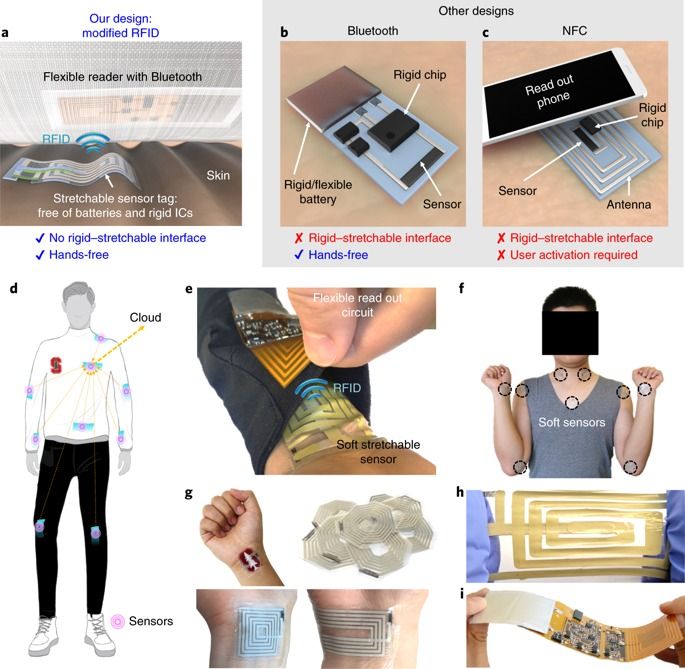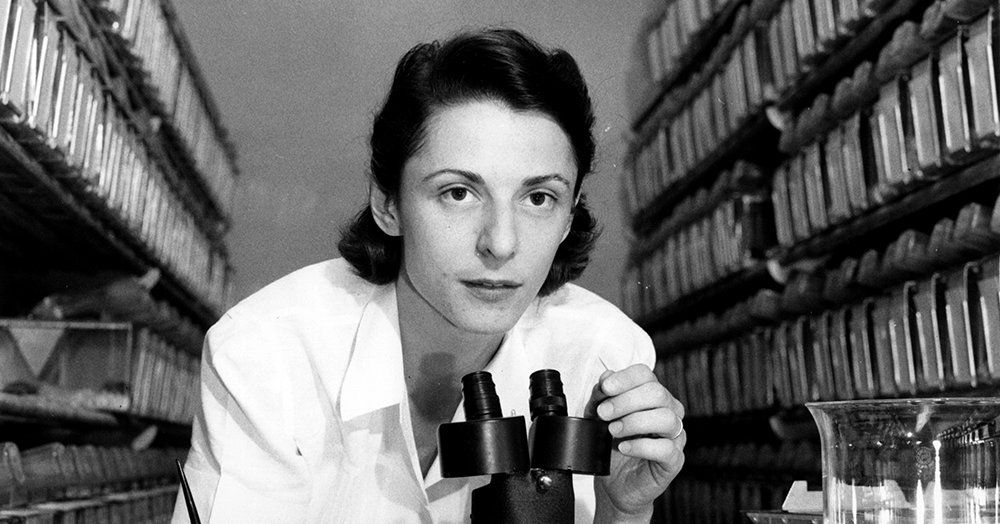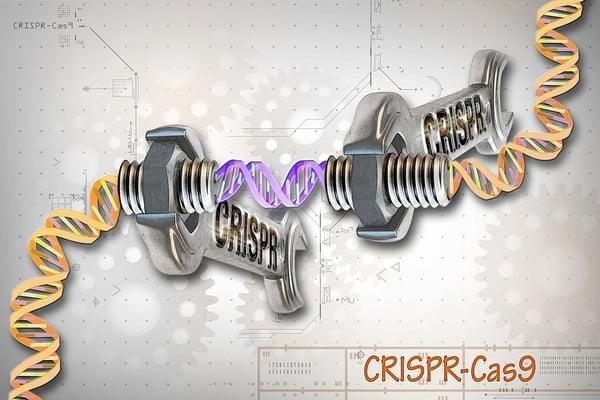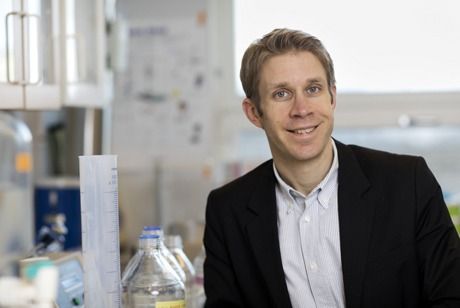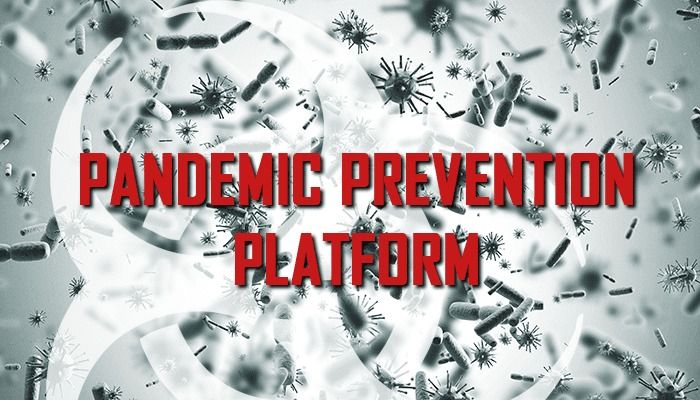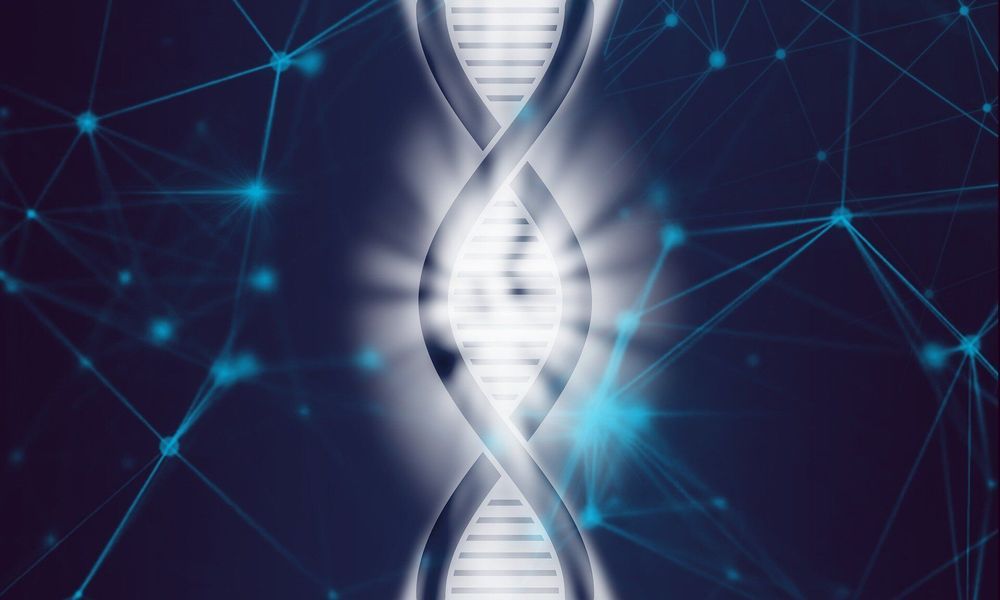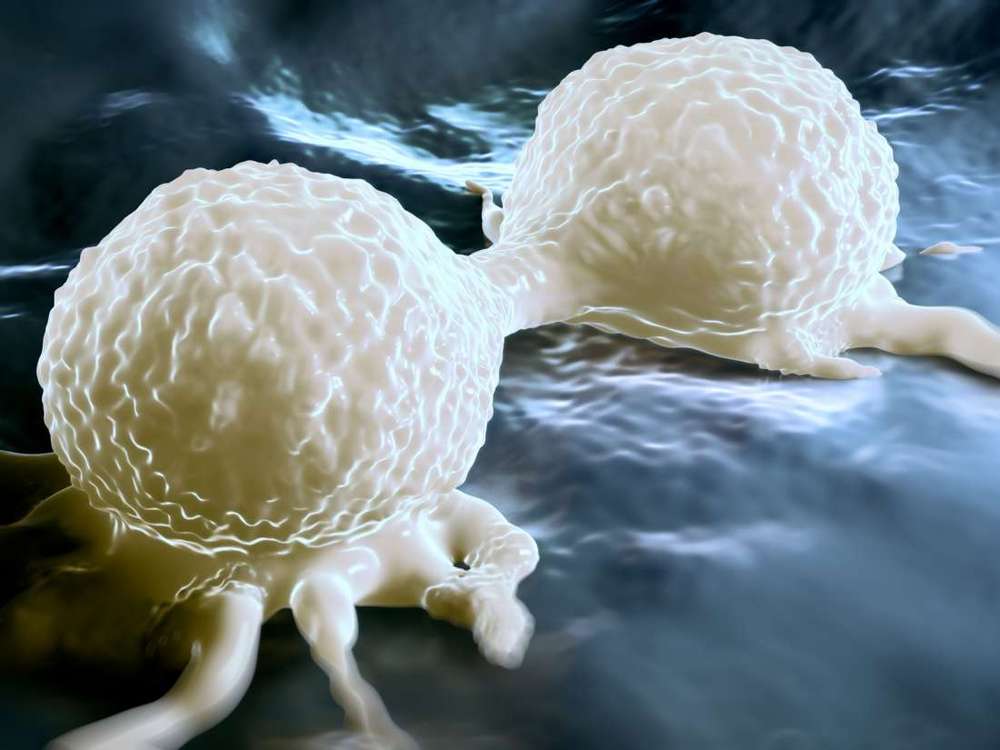Today, we’re offering another discussion from Ending Age-Related Diseases 2019, our highly successful two-day conference that featured talks from leading researchers and investors, bringing them together to discuss the future of aging and rejuvenation biotechnology.
Today, we’re offering another talk from Ending Age-Related Diseases 2019, our highly successful two-day conference that featured talks from leading researchers and investors, bringing them together to discuss the future of aging and rejuvenation biotechnology.
Ronald Kohanski, Deputy Director of the Division of Aging Biology at the National Institute of Aging, gave a talk entitled Concepts and Perspectives in Geroscience. He discussed the ways in which aging affects systems and cells, the problems with using lifespan as an endpoint, the concept of resiliency, parabiosis, telomeres, unexpected effects at a distance with regards to interventions, and several in-depth concepts relating to the aging of specific cell types, such as muscle and brain cells.
